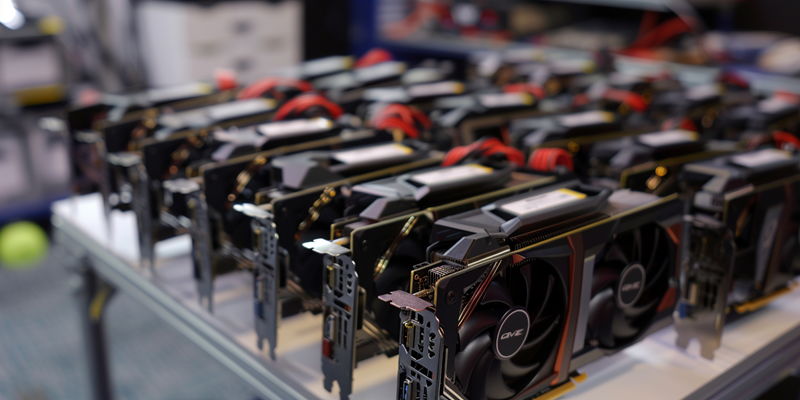China is taking a significant step to enhance its artificial intelligence capabilities by introducing incentives that encourage the use of domestic GPUs among its companies. This move is part of a strategic plan to achieve independence in the semiconductor field by 2027, with the ultimate goal of establishing a self-sufficient computing infrastructure relying solely on Chinese-made hardware. This initiative is not merely a response to Western sanctions; it’s a proactive measure to address technological challenges that have previously hindered China’s AI progress. By doing so, China aims to solidify its position on the global tech stage by overcoming obstacles and demonstrating its ability to innovate within the realm of AI and computing. The government’s commitment to semiconductor autonomy signals a significant shift towards domestic innovation and reduces reliance on foreign technology.
Strengthening Domestic Production
The incentive program underscores the Chinese authorities’ commitment to bolstering the performance and adoption of homegrown GPU products. This move can significantly mitigate the technology gap that exists between China’s burgeoning firms and established Western counterparts like AMD and Nvidia. While these incentives manifest the proactive steps taken by Beijing, the journey to match or outclass the technological finesse and innovative capabilities of leading Western entities remains an uphill task. Chinese companies, albeit progressing, still lack the high-performance supremacy that their Western analogs consistently demonstrate.
Overcoming International Challenges
The Chinese tech company Loongson has made strides in the GPU arena, creating a product that rivals older Western models. However, it still does not match the performance of the GPUs from industry giants. Despite the gap, China is leveraging government subsidies to strengthen its local GPU sector and secure a better position in the global tech field. These subsidies are crucial, enabling the growth of AI technology, spurring on innovation, and helping to close the gap with leading technologies. This is part of Beijing’s strategy to shift the balance in the global semiconductor industry in China’s favor. The government’s investment is a testament to China’s commitment to becoming a major player in the tech world and to pushing the envelope in semiconductor development. As it stands, China’s journey is one of cautious progress, with the awareness that while it has come far, there is still a significant distance to cover in the race for tech supremacy.

